In the rapidly evolving landscape of software development, the emergence of low code platforms has sparked a transformation. These platforms empower businesses to build applications with reduced manual coding, enhancing speed and efficiency. This article delves into the world of low code platforms, exploring their benefits, use cases, challenges, and differences from traditional coding approaches. Whether you're a developer, business leader, or aspiring creator, understanding the dynamics of low code platforms can reshape your approach to application development.
Key Features of Low Code Platforms
Low-code platforms offer a number of key features that make them a valuable tool for businesses of all sizes. These features include:
- Drag-and-drop interface: Low-code platforms typically have a drag-and-drop interface that makes it easy to create applications without having to write code. This makes low code platforms accessible to a wider range of users, including business users and non-technical employees.
- Visual modeling: Low-code platforms often use visual modeling to help users create applications. This involves using graphical representations of data and processes to create applications. Visual modeling can be helpful for users who are not familiar with coding, as it provides a visual representation of how the application will work.
- Pre-built components: Low-code platforms often come with a library of pre-built components that can be used to create applications. This can save users time and effort, as they do not have to create all of the components from scratch.
- Reusable code: Low code platforms often allow users to reuse code across multiple applications. This can help to save time and effort, as users do not have to write the same code multiple times.
- Integration with other systems: Low code platforms can often be integrated with other systems, such as CRM and ERP systems. This can help businesses to create more comprehensive and integrated applications.
- Security features: Low-code platforms should have security features in place to protect applications from unauthorized access and manipulation. These features may include user authentication, role-based access control, and encryption.
Advantages of Using Low Code Platforms
Low code platforms offer a number of benefits for businesses, including:
- Faster development: Low code platforms can help businesses to develop applications faster than traditional development methods. This is because low-code platforms reduce the amount of code that needs to be written.
- Reduced costs: Low code platforms can help businesses to reduce the costs of software development. This is because low-code platforms eliminate the need for specialized skills and expensive development tools.
- Increased agility: Low code platforms can help businesses to be more agile. This is because low code platforms allow businesses to quickly and easily create new applications to meet changing needs.
- A wider range of users: Low code platforms can be used by a wider range of users than traditional development methods. This is because low-code platforms do not require specialized skills or knowledge.
- Improved collaboration: Low code platforms can help to improve collaboration between business users and IT professionals. This is because low-code platforms make it easier for business users to participate in the development process.
- Effective risk management and governance: Low-code platforms enforce governance measures that manage risks while ensuring compliance with regulations.
- Faster integration: These platforms come with built-in templates and integrations that connect systems and data sources in a fraction of the time compared to traditional methods.
Read Also: Exploring Low Code No Code: Accelerating Application Development
Industries Leveraging Low Code Platforms
- Finance: Banks and financial institutions build applications for tasks like loan processing, compliance checks, and client onboarding with low-code platforms, speeding up service delivery.
- Healthcare: Medical centers and hospitals develop systems for managing patient data, scheduling, and automating administrative tasks while staying compliant with regulations.
- Manufacturing: Manufacturers use low-code to monitor production, manage supply chains, and connect factory equipment with digital systems.
- Retail and E-commerce: Retailers build and maintain customer-facing apps, manage inventory, and enhance personalized marketing through low-code tools.
- Insurance: Insurance companies automate claims handling, policy management, and risk assessment to improve service efficiency.
- Education: Schools and universities create platforms for student management, course administration, and automating routine operations.
- Telecommunications: Telecom firms use low-code for managing customer support, network operations, and quickly launching new services.
- Government and Public Services: Government bodies digitize services, automate tasks like permit processing, and improve citizen engagement.
- Logistics and Transportation: Companies enhance route planning, tracking, and fleet management while improving supply chain operations.
- Aviation: Airlines and aviation companies use low-code for managing flight schedules, optimizing ticket pricing, automating loyalty programs, and handling compliance processes efficiently.
Difference Between Low Code, No Code, and Coded Platforms
Here's a concise comparison between low code, no code, and coded platforms, focusing on their key distinctions:
| Aspect |
Low Code |
No Code |
Coded |
| Development Complexity |
Moderate |
Minimal |
High |
| User Expertise Required |
Some coding knowledge |
No coding knowledge |
Extensive coding skills |
| Customization |
Limited customization |
Limited customization |
Highly customizable |
| Speed of Development |
Faster |
Fastest |
Slower |
| Use Cases |
Broad spectrum |
Simple applications |
Complex applications |
| Scalability |
Varies by platform |
Limited scalability |
Highly scalable |
| Integration |
Built-in connectors |
Prebuilt integrations |
Manual integration |
| Flexibility |
Moderate |
Limited |
High |
| Maintenance |
Low |
Very low |
High |
| Cost |
Moderate to high |
Low to moderate |
High |
Each type has its own strengths and limitations, so it's essential to match your requirements to the appropriate platform.
Practical Applications of Low-Code Platforms
Low-code platforms offer versatile solutions across various industries. Here are some common use cases:
- Rapid Application Development: Develop internal tools, dashboards, and reporting systems quickly without extensive coding.
- Process Automation: Automate routine tasks, approvals, and workflows to enhance operational efficiency.
- Customer Portals: Create user-friendly portals for customers to access accounts, services, and information.
- Mobile App Development: Build mobile apps for different platforms without the need for extensive coding skills.
- Legacy System Modernization: Transform outdated systems into modern applications, ensuring better user experiences.
- Data Visualization: Generate interactive reports and dashboards for data-driven insights.
- E-Commerce Platforms: Create online stores and marketplaces, managing product listings, orders, and payments.
- Internal Workflows: Streamline HR processes, employee onboarding, and leave management with custom workflows.
- IoT Applications: Develop applications that interface with Internet of Things (IoT) devices for data collection and control.
- Custom CRM Systems: Build tailored customer relationship management (CRM) solutions to manage client interactions.
- Educational Platforms: Develop e-learning platforms, course management systems, and student portals.
- Healthcare Solutions: Create patient portals, appointment scheduling systems, and medical data management tools.
- Financial Services: Design banking apps, investment platforms, and loan processing systems.
- Manufacturing Optimization: Develop tools to monitor production, inventory, and supply chain processes.
- Government Services: Build citizen portals for accessing government services, forms, and information.
- Real Estate Management: Develop property listing platforms, rental management tools, and real estate portals.
- Event Management: Create event registration, ticketing, and management systems.
- Nonprofit Operations: Design solutions for donor management, volunteer coordination, and fundraising.
- Content Management: Develop content-driven platforms, including blogs, news sites, and content-sharing systems.
- Field Service Apps: Build applications for managing field operations, service requests, and maintenance tasks.
The versatility of low code platforms makes them a powerful tool across industries, empowering organizations to meet specific needs and innovate efficiently.
Read Also: Difference Between Low Code and No Code
Top Low Code No Code Platforms in the Market
Low code and no-code platforms have gained significant traction across various sectors, offering simplified application development. Here are some prominent low-code and no-code platforms categorized by different use cases:
| Use Case |
Platforms |
Description |
| Rapid Application Dev. |
OutSystems, Mendix, Appian |
These platforms focus on quick app creation with pre-built components and intuitive drag-and-drop interfaces. |
| Process Automation |
Microsoft Power Automate, Zapier |
Streamline workflows and automate tasks across various applications and services. |
| Customer Portals |
Wix, Squarespace, WordPress |
Create user-friendly websites and portals with customizable templates and design options. |
| Mobile App Development |
Adalo, Thunkable, Appy Pie |
Design mobile apps without coding, catering to Android and iOS platforms. |
| Legacy System Modern. |
Betty Blocks, Caspio, Quick Base |
Transform legacy systems into modern applications, ensuring better user experiences. |
| Data Visualization |
Tableau, Qlik, Google Data Studio |
Generate interactive reports and dashboards for data-driven insights. |
| E-Commerce Platforms |
Shopify, WooCommerce, BigCommerce |
Build online stores and manage products, orders, and payments with ease. |
| Internal Workflows |
Kissflow, Pipefy, Nintex |
Develop custom workflows and automate internal processes for enhanced efficiency. |
| IoT Applications |
Losant, ThingSpeak, Blynk |
Create IoT applications connecting devices, sensors, and data sources. |
| Custom CRM Systems |
Zoho CRM, HubSpot CRM, Insightly |
Develop tailored CRM solutions for managing customer interactions and relationships. |
| Educational Platforms |
Thinkific, Teachable, LearnWorlds |
Design e-learning platforms and course management systems for educational purposes. |
| Healthcare Solutions |
Kareo, SimplePractice, DrChrono |
Build patient portals, appointment systems, and medical data management tools. |
| Financial Services |
Salesforce Financial Services Cloud, Temenos |
Develop banking apps, investment platforms, and loan processing systems. |
| Manufacturing Opt. |
FactoryFour, Katana, Propel |
Design tools for monitoring production, inventory, and supply chain processes. |
| Government Services |
Accela, Granicus, CityBase |
Create citizen portals for accessing government services, forms, and information. |
| Real Estate Management |
Placester, Propertybase, Real Geeks |
Build property listing platforms, rental management tools, and real estate portals. |
| Event Management |
Eventbrite, Cvent, Bizzabo |
Develop event registration, ticketing, and management systems. |
| Nonprofit Operations |
DonorPerfect, Kindful, Bloomerang |
Design solutions for donor management, volunteer coordination, and fundraising. |
| Content Management |
WordPress, Joomla, Drupal |
Create content-driven platforms, including blogs, news sites, and content-sharing systems. |
| Field Service Apps |
ServiceTitan, FieldEdge, Housecall Pro |
Build applications for managing field operations, service requests, and maintenance tasks. |
| Rule Engine Sector |
Nected, Camunda, Drools, Pega |
Employ Nected's low code no code rule engine for dynamic business rules and decision automation. |
Each of these platforms offers unique features tailored to specific use cases, allowing businesses to develop solutions without extensive coding skills.
Factors to Consider When Choosing a Low Code Platform
Selecting the right low-code platform is crucial for successful application development. Here are essential factors to consider:
- Ease of Use: Choose a platform with an intuitive interface and drag-and-drop functionality to simplify development.
- Customizability: Ensure the platform allows for custom code integration when needed for complex scenarios.
- Integration Capabilities: Look for strong integration options with existing systems and databases.
- Scalability: Consider whether the platform can accommodate your application's growth and increased user demands.
- Supported Platforms: Verify if the platform supports the target devices (web, mobile, etc.) and operating systems.
- Security Measures: Ensure the platform offers robust security features to protect your applications and data.
- Performance: Evaluate the performance of applications created on the platform, especially in high-demand scenarios.
- Community Support: A vibrant user community and resources can be valuable for troubleshooting and learning.
- Vendor Reputation: Research the platform provider's reputation, reliability, and history in the industry.
- Pricing Model: Understand the platform's pricing structure and whether it aligns with your budget and needs.
- Flexibility: Consider whether the platform supports various types of applications, such as web, mobile, and integrations.
- Deployment Options: Look for options to deploy applications on different cloud providers or on-premises.
- Updates and Maintenance: Understand how frequently the platform is updated and if maintenance is handled smoothly.
- Vendor Support: Ensure the platform provider offers responsive customer support to assist with challenges.
Each sector may have specific requirements, so tailor your selection process based on your organization's needs and goals.
Read Also: Exploring Open-Source Low-Code Platforms
Comparison of Top Low-Code Platforms
Here is a comparison table comparing four top low-code rule-engine sector platforms:
| Parameters |
Nected |
Camunda |
Google Workflows |
AWS Step Functions |
| Supporting Customer-facing Flows |
✅ |
✅ |
✅ |
✅ |
| API Integrations |
Non-tech friendly |
Through full script |
Through full script |
Through full script |
| Trigger Types |
API, Scheduler, Events (upcoming) |
API only |
API, Scheduler |
API, Scheduler |
| High Scalability |
✅ |
Limited scalability |
✅ |
✅ |
| Response Time / Real-Time |
✅ (100-200 ms) |
Varies |
Not specified |
Not specified |
| Deployment Options |
Cloud + Private Managed + Self-hosted |
Cloud + Self-hosted |
Cloud-based |
Cloud-based |
| Non-tech Friendly UI |
✅ |
✅ |
❌ |
❌ |
| Rule Chaining |
✅ (via workflow editor) |
✅ |
❌ |
❌ |
| Audit Trails / History |
✅ |
✅ |
✅ |
✅ |
| Versioning & Rollback |
✅ |
✅ |
✅ |
✅ |
This table highlights key features such as customer-facing flows, scalability, and user-friendliness for Nected, Camunda, Google Workflows, and AWS Step Functions.
Challenges and Limitations of Low Code Platforms
While low-code platforms offer a range of benefits, they are not without their challenges and limitations. Here are some key considerations:
- Limited Customization: The ease of use often comes at the cost of limited customization options. Complex or highly specialized applications might require more extensive coding.
- Scalability Concerns: Some platforms may struggle to accommodate rapid growth or increased demand, potentially leading to performance issues.
- Dependency on Third Parties: Integration with external systems or services might be constrained by the platform's predefined connectors and APIs.
- Learning Curve: Despite being user-friendly, low code platforms still require a learning curve to effectively utilize their features and capabilities.
- Security Risks: While platforms implement security measures, users must still consider data protection, compliance, and potential vulnerabilities.
- Vendor Lock-In: Migrating from one platform to another can be challenging due to proprietary components and specific coding practices.
- Lack of Custom Coding: Highly specific or complex functionality may be difficult to achieve without the ability to write custom code.
- Performance Trade-offs: Some low code solutions might sacrifice performance optimization for ease of development.
- Cost Concerns: Initial licensing costs, subscription fees, and add-ons can accumulate, potentially exceeding the cost of custom development.
- Inadequate for Certain Use Cases: Extremely specialized or intricate applications might not be suitable for low-code platforms due to their inherent limitations.
While low-code platforms offer incredible advantages, businesses must carefully evaluate their requirements, scalability needs, and the platform's fit for their intended applications.
Conclusion
Low code, no code, and coded platforms have transformed application development by offering varying degrees of ease and control. While low code platforms accelerate development with moderate customization, no code platforms empower non-developers with rapid app creation. In contrast, coded platforms provide limitless flexibility but demand advanced coding skills. Your choice hinges on project complexity, speed, and customization needs. With a myriad of options available, selecting the right platform is key to achieving efficient, agile, and effective software development.
Low Code Platform FAQs:
1. What are low code platforms?
Low code platforms are software development solutions that enable users to create applications with minimal manual coding. They provide a visual interface and pre-built components, streamlining the development process.
2. Do low code platforms help create enterprise-grade software?
Yes, many low code platforms offer features for building complex and scalable enterprise applications, often by combining visual design with customizable coding capabilities.
3. How much do low code platforms cost?
The cost varies based on factors like the platform's features, licensing models, and usage. Some offer free tiers, while others require subscription fees or enterprise pricing.
4. What are some examples of low-code platforms?
Examples include OutSystems, Mendix, Appian, Salesforce Lightning, and Microsoft Power Apps.
5. Why low-code platforms?
Low-code platforms expedite application development, reduce the need for extensive coding skills, promote collaboration, and accelerate time-to-market.
6. Is low-code the future?
Low-code platforms are increasingly gaining traction as they align with the growing demand for rapid application development and digital transformation.
7. Which industries use low-code?
Low-code platforms find application across various industries including finance, healthcare, manufacturing, and more, due to their versatility and efficiency.
Q8. Can non-technical users work with low-code platforms?
Yes, one of the key benefits of low-code platforms is that they are designed for users without extensive coding skills. With drag-and-drop interfaces and pre-built components, business users can create and customize applications with minimal technical expertise.
Q9. How secure are low-code platforms?
Most low-code platforms include built-in security features such as data encryption, role-based access control, and compliance with industry standards.



.png)
.svg)
.webp)

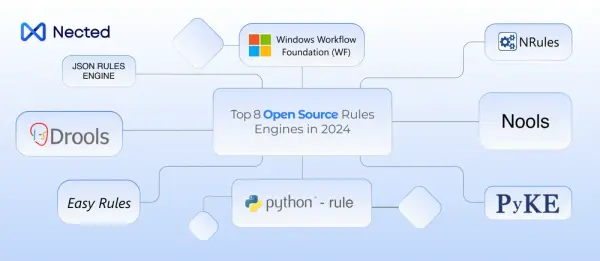



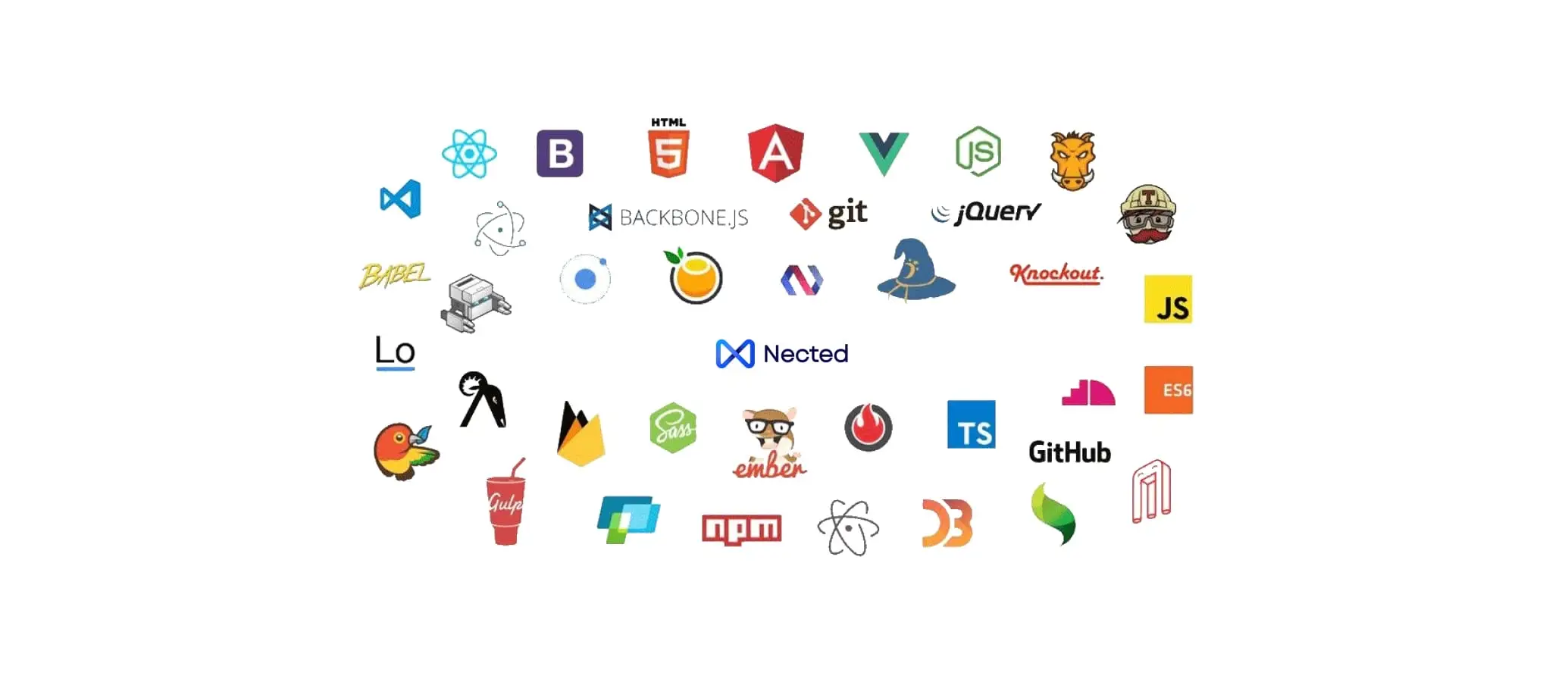
.svg)
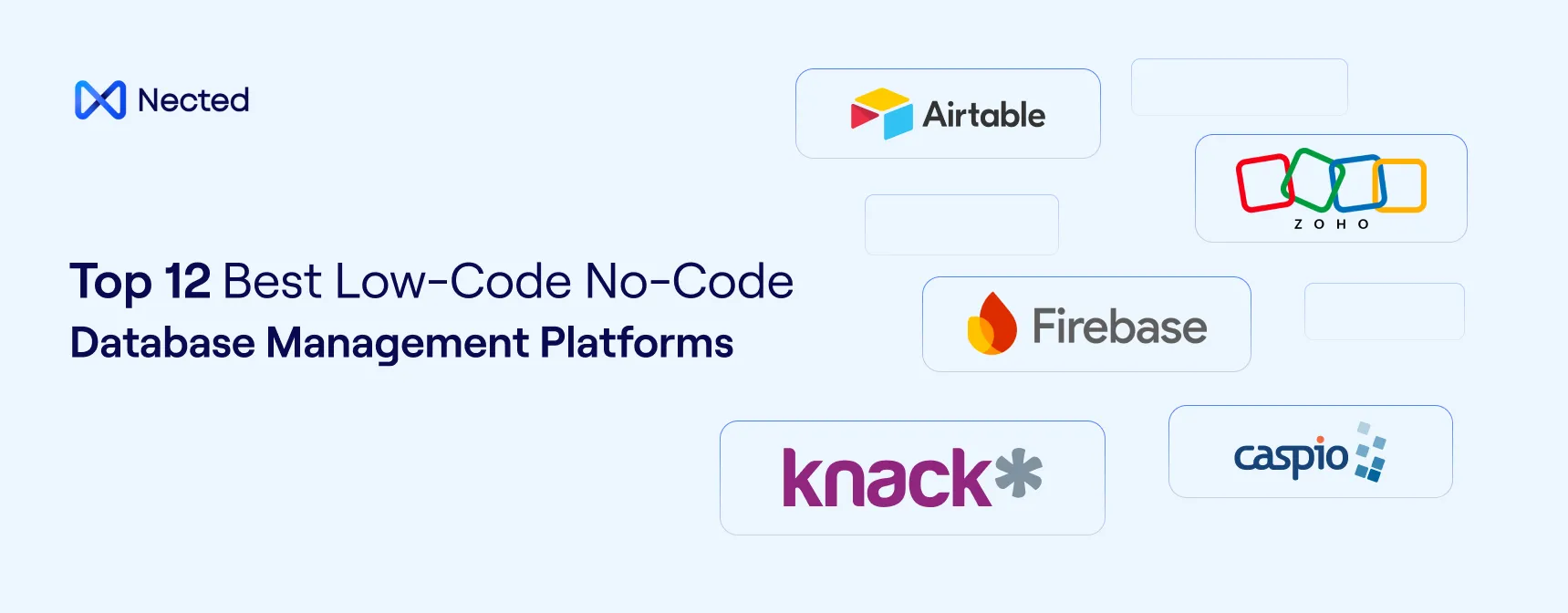


.webp)

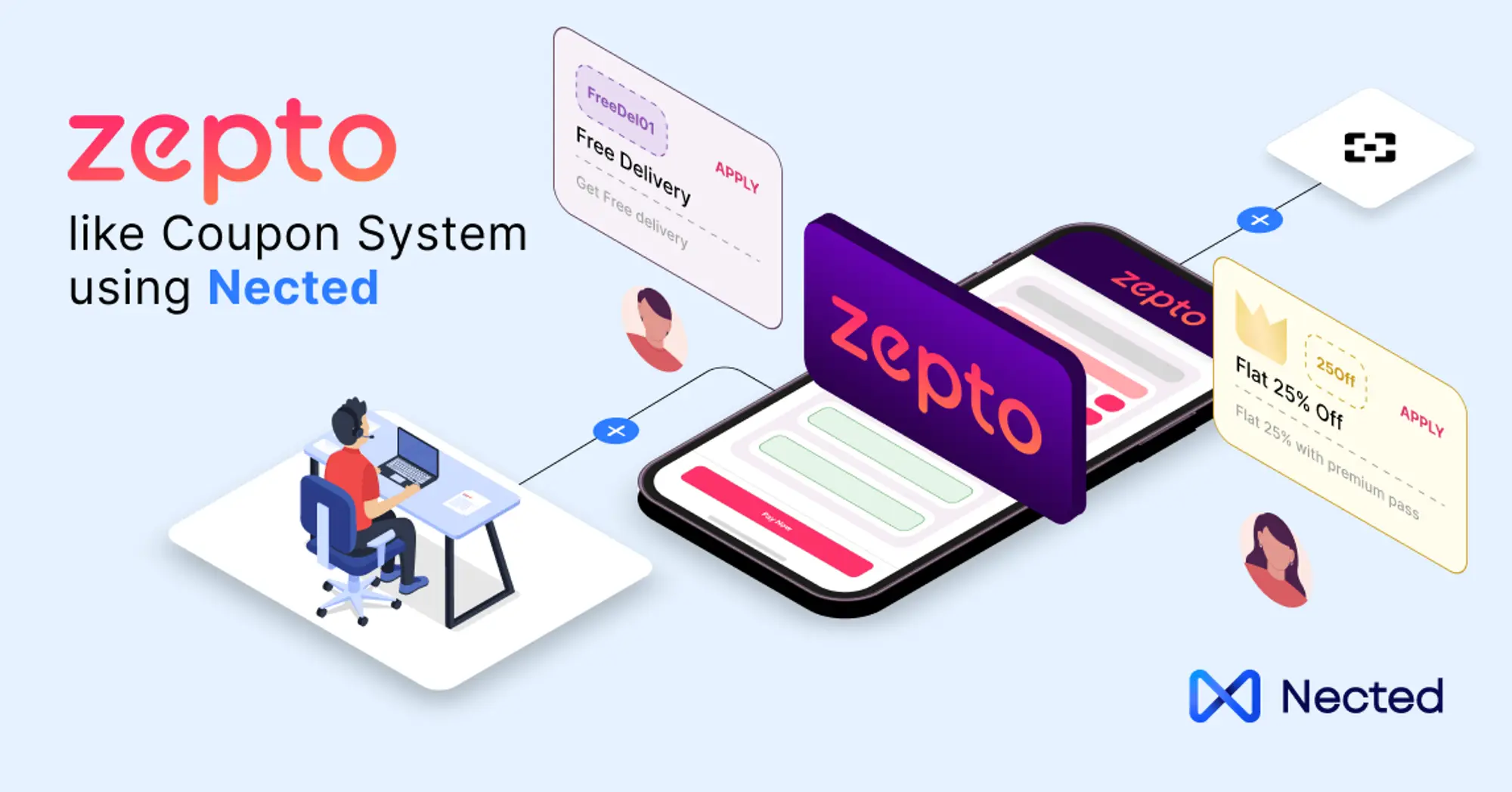
.webp)
.webp)
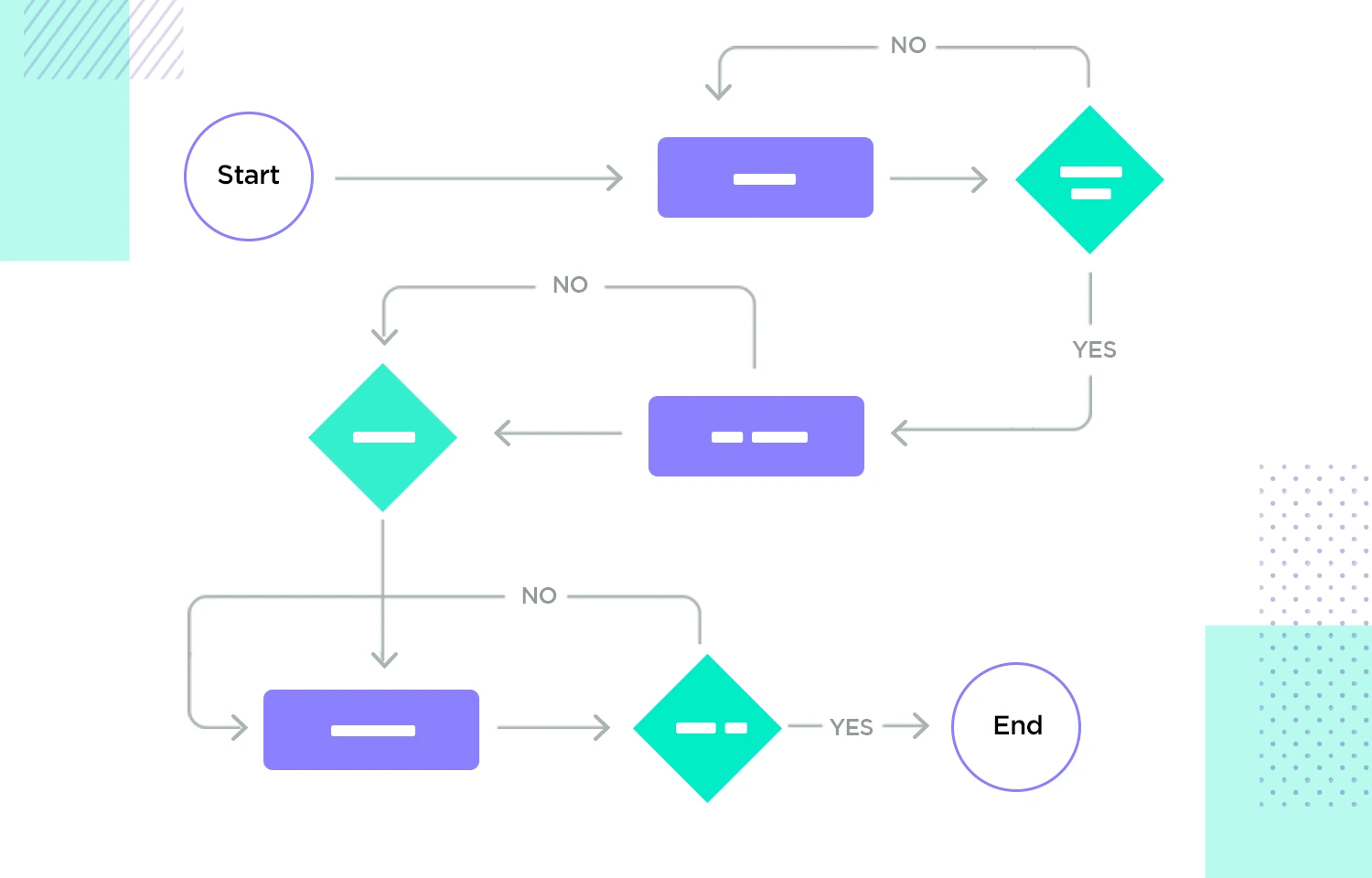
.webp)


.svg)
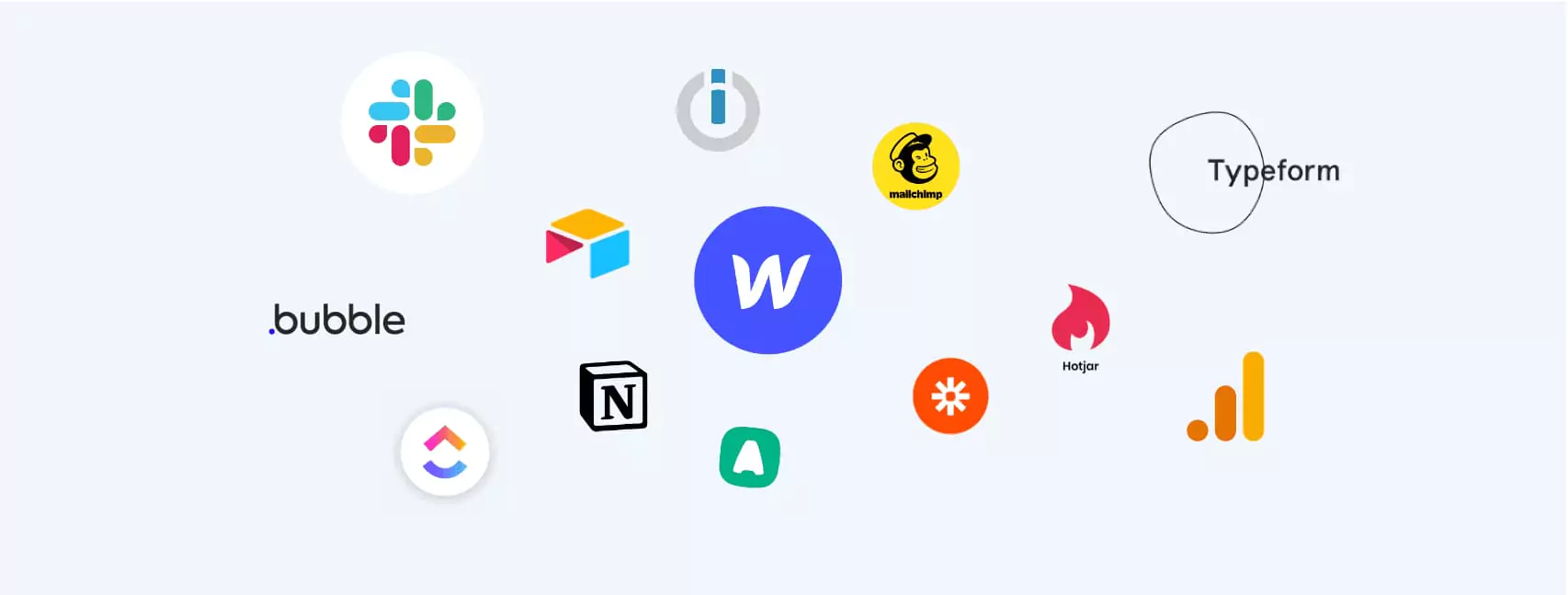




.webp)
.svg.webp)
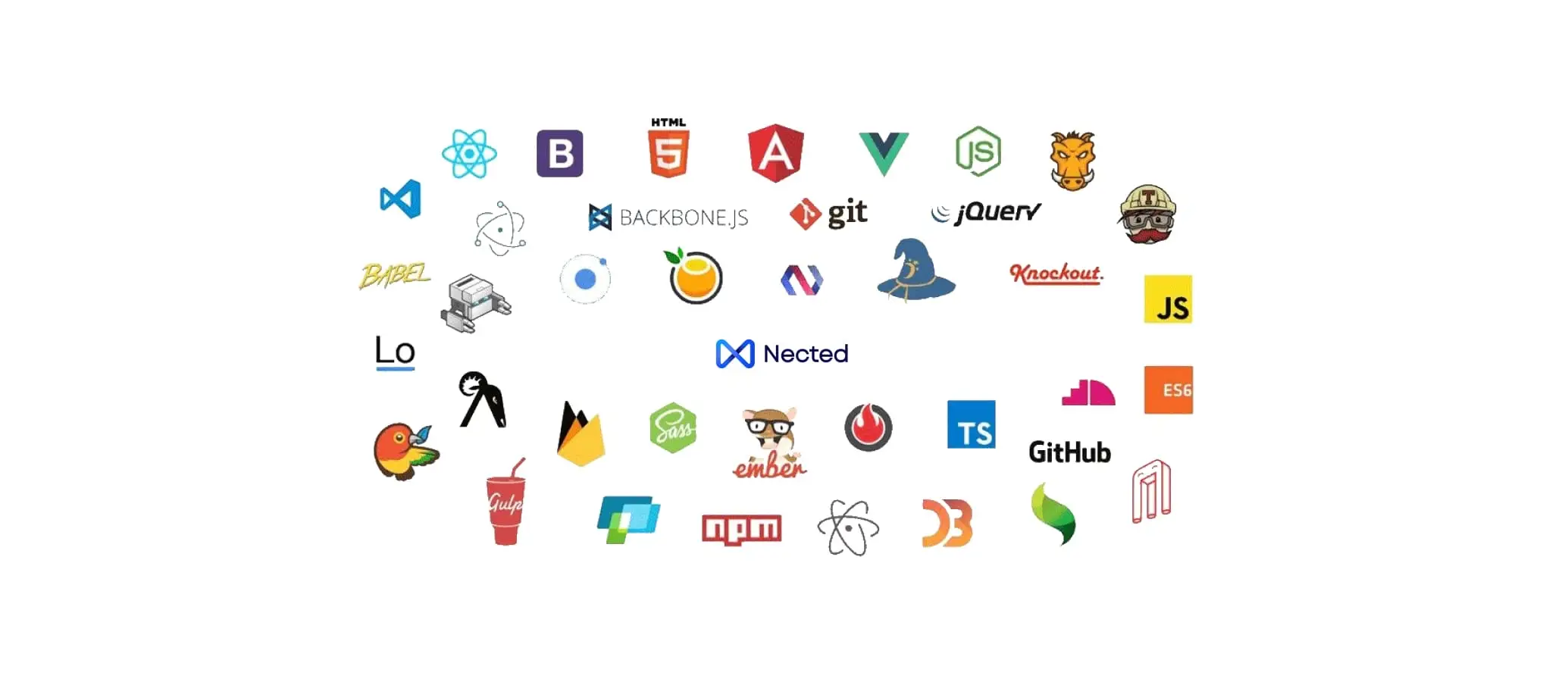


.webp)


.webp)
.webp)


%20m.webp)
.webp)

.webp)
.webp)



.webp)



%20(1).webp)
